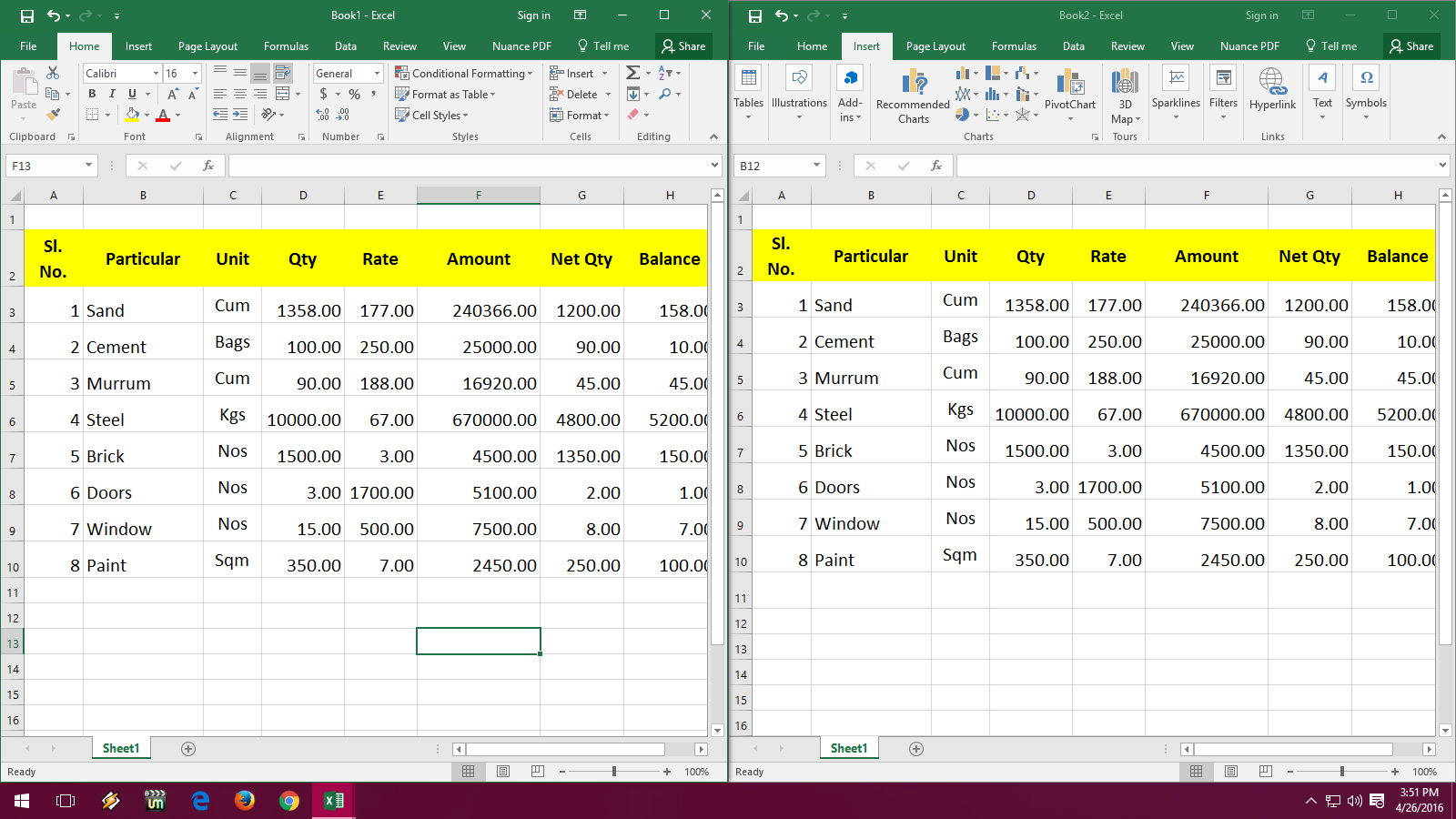5 Ways to Copy Cells in Excel from Another Sheet

Excel spreadsheets are powerful tools for organizing, analyzing, and presenting data. One of the most common tasks users face is how to copy cells or data from one sheet to another. This process can enhance productivity by ensuring data consistency and reducing manual data entry errors. Here, we will explore five effective methods to copy cells in Excel from another sheet, providing you with the flexibility to manage your data efficiently.
Method 1: Using Simple Cut and Paste

The simplest way to copy cells from one sheet to another is using the classic cut and paste technique:
- Select the cell or range of cells you wish to copy.
- Right-click and choose Copy or press Ctrl + C to copy.
- Move to the destination sheet by clicking on the tab for that sheet at the bottom of the screen.
- Select the cell where you want the data to start.
- Right-click and select Paste or press Ctrl + V.
💡 Note: The cut and paste method will move the original data if you choose to cut instead of copy. Remember to use copy if you want to keep the original data intact.
Method 2: Using Excel Formulas

If you need the data to update automatically whenever changes are made in the source sheet, formulas are your best friends:
- In your destination sheet, click on the cell where you want to copy data.
- Type
=followed by the sheet name, an exclamation mark, and the cell reference, e.g.,=Sheet1!A1. - Press Enter. The cell in the destination sheet will now show the value from the source cell, updating automatically with any changes.
💡 Note: Formula-based copying can significantly reduce errors from manual entry but might slow down Excel with large datasets due to recalculation.
Method 3: Using Paste Special

Paste Special offers a variety of options for how data is pasted, which can be handy:
- After copying cells, go to the destination sheet.
- Select the cell where you want to paste.
- Right-click, hover over Paste Special, and choose one of the options like Values, Formats, Formulas, etc.
Method 4: Using Name Ranges

Name ranges can simplify your workflow especially when dealing with frequent data transfer:
- Select the range of cells you want to copy on the source sheet.
- Go to the Formulas tab, click on Name Manager, and create a new name for this range.
- Now, in the destination sheet, you can refer to this name, e.g.,
=Sheet1!MyNamedRangeto copy the cells.
💡 Note: Named ranges are not only useful for copying but also for quickly navigating through your workbook.
Method 5: VBA Scripting

For advanced users, VBA (Visual Basic for Applications) offers unparalleled flexibility:
- Open the VBA editor by pressing Alt + F11.
- Insert a new module and type in your VBA code to copy data from one sheet to another.
- Here is a simple example:
Sub CopyCellsBetweenSheets()
Dim sourceSheet As Worksheet, destinationSheet As Worksheet
Set sourceSheet = ThisWorkbook.Sheets("Sheet1")
Set destinationSheet = ThisWorkbook.Sheets("Sheet2")
sourceSheet.Range("A1:B10").Copy Destination:=destinationSheet.Range("A1")
End Sub💡 Note: VBA scripting requires some knowledge of programming. Always back up your workbook before running macros.
By mastering these five methods, you unlock various ways to handle data across different sheets in Excel, improving your efficiency and reducing errors. Whether you prefer the simplicity of basic copy-paste or the dynamic capabilities of formulas and VBA, Excel provides multiple solutions tailored to different levels of user expertise and the specific needs of your workflow.
FAQs

Can I copy data from multiple sheets into one?

+
Yes, you can use formulas or VBA to consolidate data from multiple sheets into one sheet. Named ranges can be particularly useful for this task.
What happens if I delete the source data?

+
If you’ve used formulas, the destination cells will show #REF! errors. With simple copy-paste, the pasted data remains unchanged, but if you used a VBA script or if the data was linked via named ranges, you might need to re-establish the connection or adjust your script.
How can I avoid overwriting data when copying?

+
To avoid overwriting, carefully select the destination range to ensure it does not overlap with existing data, or use the ‘Paste Special’ options that allow you to paste as values, formats, or formulas separately.
Can I automate copying data to another sheet daily?

+
Yes, through VBA, you can create a script that runs automatically at a specified time each day. This requires setting up a time-based macro, which involves more advanced VBA knowledge.